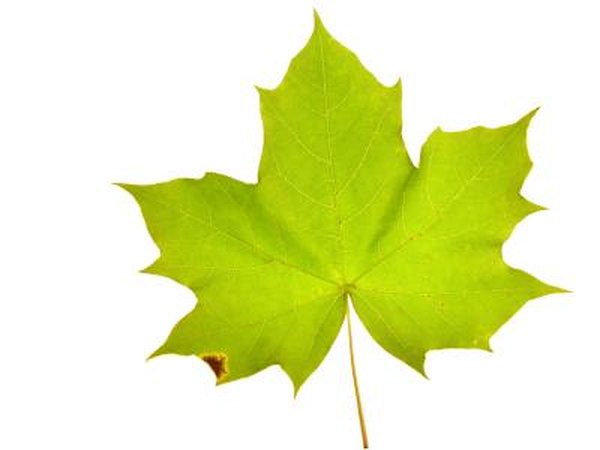Aim: To learn about Mars exploration.
1. Rover facts
2. Design, Draw and Make a Rover
3. Mars facts
1. Rover facts:
Fill in the table below.
Name:
|
Purpose:
|
Wheels
| The Rover needs six wheels for the Terran to move around very easily the front and the back are motors to more the wheels the wheels can move in a 360 degree. |
Solar Panel
| The solar panels are used to adsorb sunlight and charges it up so it can explorer and find facts about mars. |
Laser
| The is used to search and discover rocks and land its not a deadly laser the laser is very useful it is one of the imported parts. |
Camera
| There are 23 camera on the robot so it has full 360 view it has eyes everywhere so it can discover life. |
Shovel, rock pick,drill
| The shovel can dig to find more facts about mars the drill helps it get through hard rock or stone and the pick can pick up items and analyze it. |
2. In groups of 3 you will Design, Draw and Make a Mars Rover out of Lego Technics.
Materials:
Materials:
- Lego Technics
- A4 paper
- Pencil
- Ruler
- Eraser
The drawing and model must have:
- 6 wheels
- 1 camera
- 1 tool at the front than includes a shovel, pick and drill.
- 1 solar panel
- 1 laser that points at the ground
( Take a photo and upload your mars rover onto your blog.)
Link: Facts
You will need to find out the following:
Fact
|
Earth
|
Mars
|
Picture of planet
| ||
Length of 1 year
| 365 days | |
Length of 1 day
| 24 hours | |
Distance from the sun
| ||
Distance from Earth.
| ||
Gravity:
| ||
Colour:
| ||
Temperature
| -88 to 57 C | |
| Rainfall | ||
Atmosphere
| ||
Surface
| ||
Moons and names
|
Conclusion: Write about what you have learnt.




